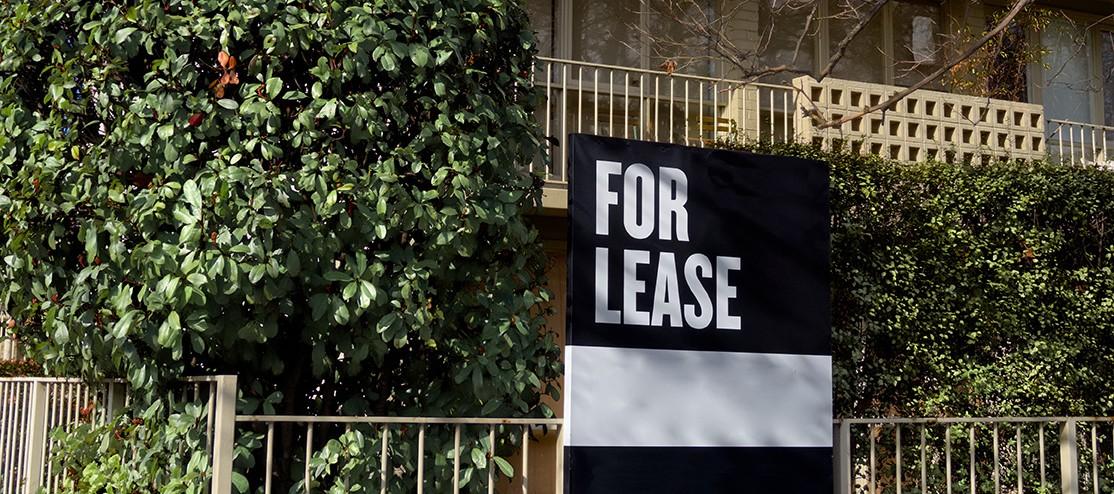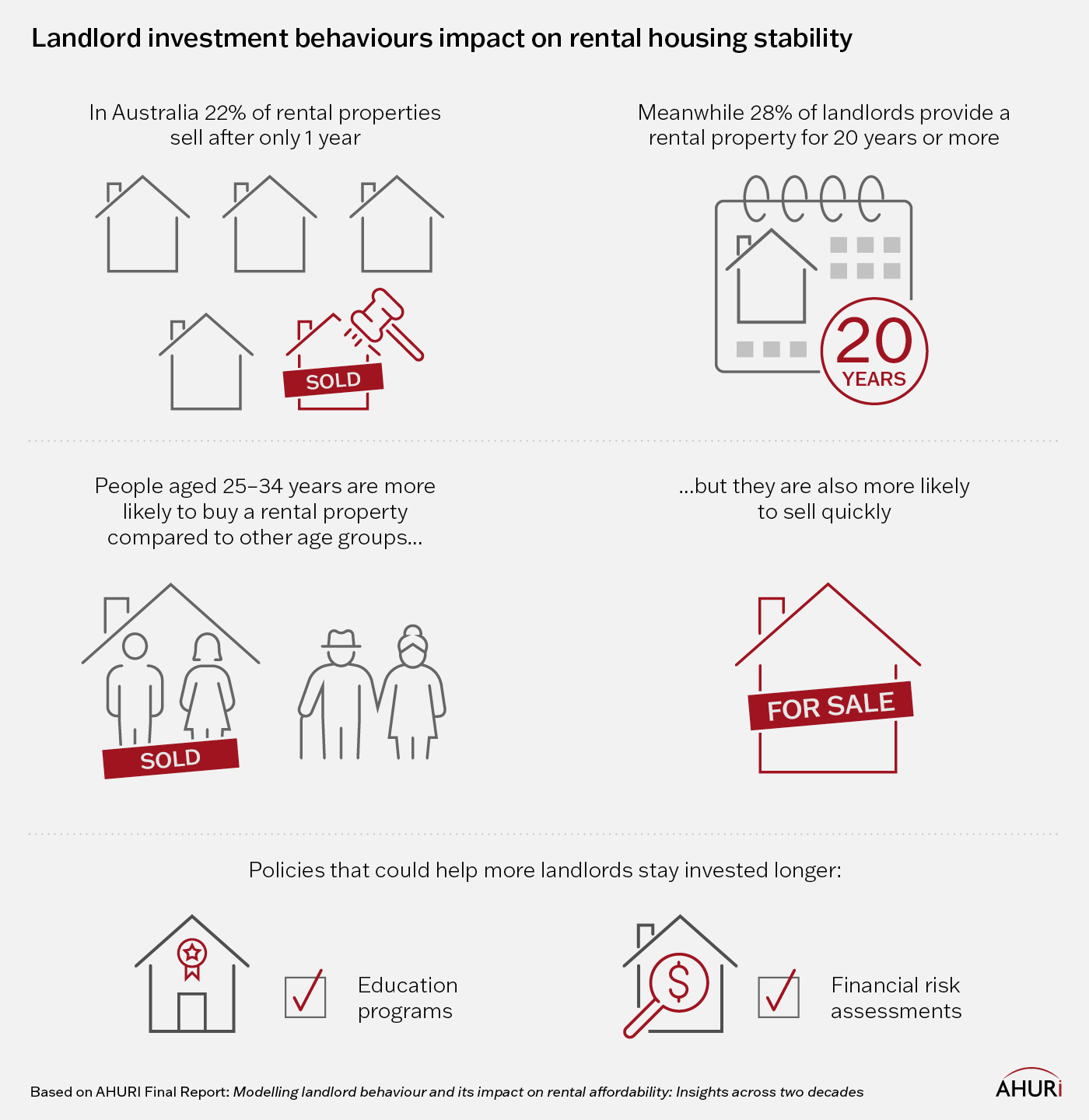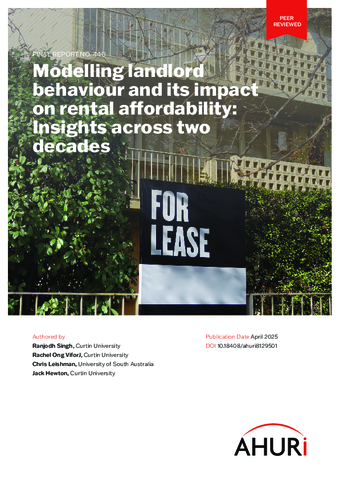What this research is about
This research looks at what shapes the investment behaviour of small-scale, residential landlords. It presents new evidence on rental investment behaviour and examines the potential impacts of policy changes on landlords’ costs of supplying rental housing, along with the effects on affordability for tenants.
Why this research is important
Understanding what motivates landlords and their investment goals can help build a private rental sector that benefits more Australians. With the fast and ongoing growth of the private rental sector, this study makes a timely contribution to policy debates on the supply of rental housing by uncovering new evidence on patterns and drivers of rental property investment behaviour.
-
At a glance
-
Key findings
In 2021, 2.2 million Australians were landlords, nearly 9% of the population. This is a slight increase from around 7% in 2001.
Half of all residential property investments last for 2 years. However, as some landlords keep their investment properties for longer, the average investment period is nearly 4 years.
While 22% of landlords sell after the first year, investments held for at least 5 years are much more likely to be held longer. Around 28% of landlords still have a rental investment after 20 years. This suggests there are at least 2 distinct investment sub-sectors: short-term investors (up to 5 years) and long-term investors (5 years or more).
Landlords are more likely to have more financial resources
Landlords who buy or keep their rental investments longer tend to be in their late 40s or early 50s, are married, are employed full-time, are homeowners and have a higher income than the general population. They are more likely to have post-school qualifications and lower personal mortgage costs.Landlords who sell have lower levels of wealth
A person is more likely to sell their rental investment property if they:- are aged 45–54 years and preparing to retire
- are under 35
- are experiencing marital separation
- are unemployed
- have high mortgage costs
- have a lower income
- don’t have post-school qualifications.
A good economic climate inspires people to invest in rental properties
Strong economic conditions increase the chances of people buying rental properties.Higher rental yield reduces the odds of selling. A one percentage point increase in rental yield (i.e. income from rent as a proportion of the sale value of their property) reduces the odds of selling over time by 8%.
Landlords continue investing if market conditions offer them a sufficient rent relative to their property values. Policy changes that freeze rental increases may, therefore, reduce the supply of private rental housing.
Economic modelling shows that high interest rates lead to less affordable housing
The research ran 3 economic simulations. It found that:- halving the capital gains tax discount would negatively impact high-income landlords more than low-income landlords but have little impact on rental affordability
- stage 3 tax cuts would have little effect on landlords keeping rental investments. Low-income tenants would benefit more than higher-income tenants
- high interest rates negatively impact low-income landlords and low-income renters more than high-income landlords and tenants. Landlords’ costs would increase, low-income landlords would be more likely to sell and rents would rise, especially for low-income renters.
-
Policy actions
Programs offering education on retaining a property investment may benefit some landlords, especially those with no post-school qualifications. It could support efforts to retain residential investment properties and promote the supply of long-term rental housing.
Thorough financial risk assessments by lenders and proper rules are vital to ensure that property buyers are financially able to keep their investments.
As current tax incentives motivate landlords to keep rental properties, any reforms that reduce these incentives could affect decisions to hold rentals long-term. Tax changes that increase landlords' after-tax costs should be gradual to avoid destabilising the market.
Policies that lower individual landlords’ cost of providing rental housing are unlikely to improve affordability for renters without other measures that diversify rental housing supply sources. This diversification can come through greater government and institutional investment in social and affordable housing for low-income tenants.
-
Research design
This research used the HILDA Survey (covering the period 2001–2021) to investigate the profile of landlords engaging in each buy and sell decision and also to compare landlords with non-landlords.
The research modelled 3 types residential investment decisions and ran simulations to capture the effect of 3 policy changes on landlords’ decisions and tenants’ affordability outcomes.



